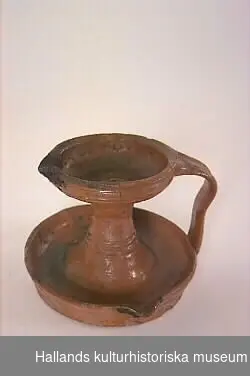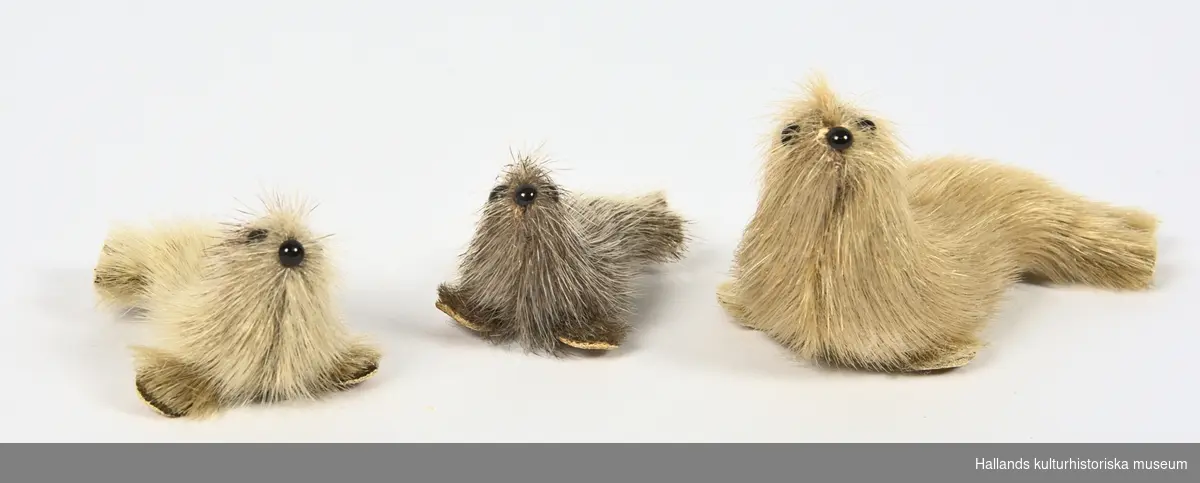Seal hunting
The seal has historically been a sought-after prey for humans. In addition to their rich amount of meat and lard they also provide a hardy and weatherproof skin. The animal has also been looked upon as a competitor to man when it comes to wildlife resources. In the 1766 fishing ordinance the seal was declared to be a pest and discussions were held about monetary rewards for hunting the animal down. The plan was however not executed until the late 20th century. As late as 1971 – 1972 roughly 200 seals were shot in the Baltic in exchange for bounty. In the present day seal hunting is a controversial subject.
Read more about the objects

Seal hunting rifle
(VMF024814)
19th Century. Read more
Seal skulls
(Phoca vitulina)
Skulls from adult male Harbour seals.
Seal oil
Seal oil is produced from boiling seal fat. The oil has a wide area of application such as lamp fuel, lubricant, cosmetics, shoe polish and soap making.
Shoe polish
A mixture consisting of tar, bees wax and seal oil.
Seal fur gloves
Insulated with sheep skin. The gloves are both warm and water repellent.

Oil lamp
(VMF000627:a)
Abild, Falkenberg. 19th Century
Made from glazed earthenware. The slightly turned-in handle is typical for lamps made in the Falkenberg region. Read more

Toy figurines
(VMF044580:a-c)
1960’s
Made of seal fur.
